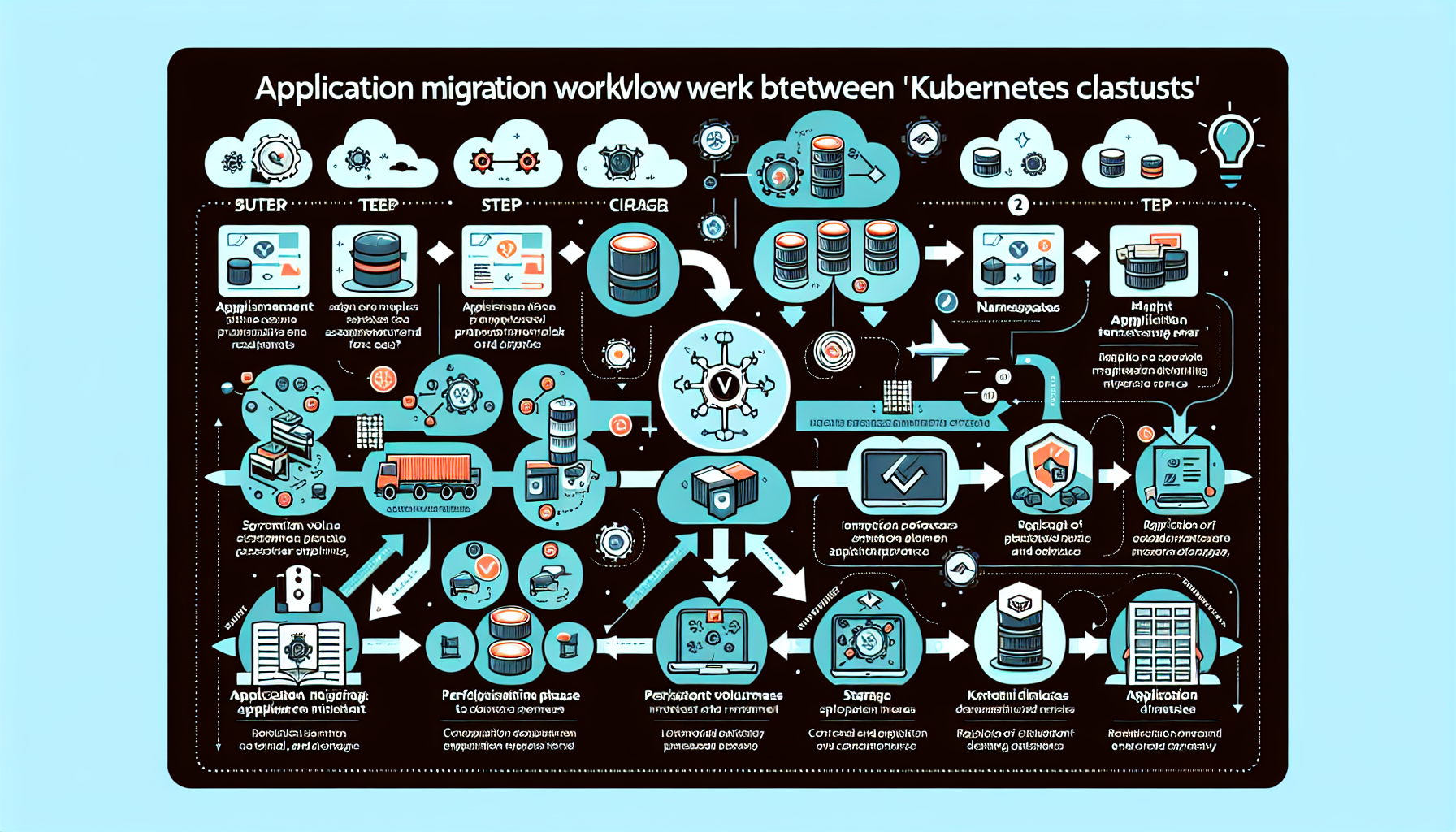What is the difference between Tier 1, Tier 2, Tier 3, and Tier 4 datacenters?
The Tier system for datacenters, established by the Uptime Institute, is a globally recognized standard for evaluating the reliability, availability, and redundancy of datacenter infrastructure. The tiers range from 1 to 4, with Tier 4 being the most robust. Below is an explanation of each tier: Tier 1 Datacenter Description: Basic infrastructure offering minimal redundancy. […]


